Cost of vacant land in capital cities continues to rise
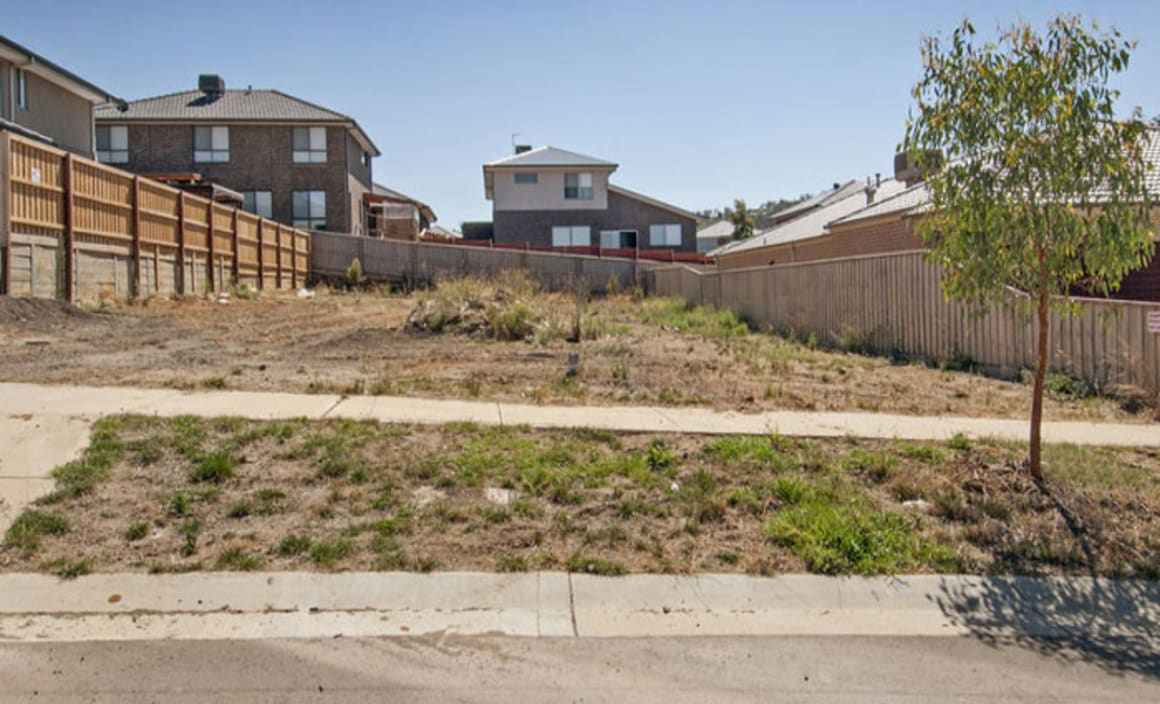
The price of vacant land across the capital cities continued to climb throughout 2013. At the end of the year, the median selling price was $249,000 which is an increase of 6.9% throughout the year with vacant land prices now at historic high levels.
The annual rate of growth in median selling prices was the largest annual change since they rose by 8.5% over the 12 months to August 2011.
Across each capital city, it’s easy to see an occurring disparity between the cost of land and the typical size across the cities.
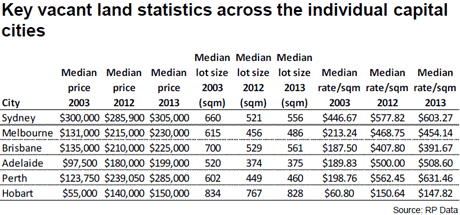
Median selling prices of vacant land are highest in Sydney ($305,000) and lowest in Hobart ($150,000). Most cities have recorded a significant increase in selling prices over the past decade however; it is worth noting that growth in Sydney has been minimal.
Median lot sizes tend to be much larger in Hobart (828 square metres) than they are across the other capital cities. Typical vacant land areas are smallest in Adelaide at just 375 square metres. All capital cities have recorded a rise in median land sizes throughout 2013.
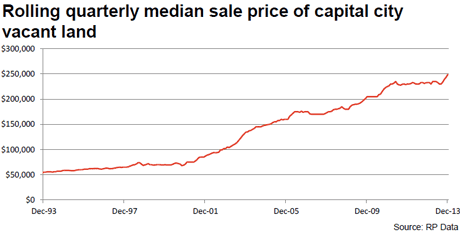
We’ve seen a large reduction in the median lot size of vacant land over recent years. When preparing today’s analysis, we were surprised to see a slight reversal of this trend throughout 2013. At the end of 2013, the average vacant lot size across the combined capital cities was 500 square metres, which is slightly higher than the 466 square metres at the end of 2012. The average lot size has reduced quite significantly over time; 20 years ago the typical lot size was a much larger 701 square metres.
Although vacant land median selling prices rose over the year, the rise in median land area has resulted in a slight fall in the median rate per square metre. Currently, the median rate per square metre for vacant land was recorded at $507.70/square metres at the end of 2013 compared to $509.39/square metres at the end of 2012.
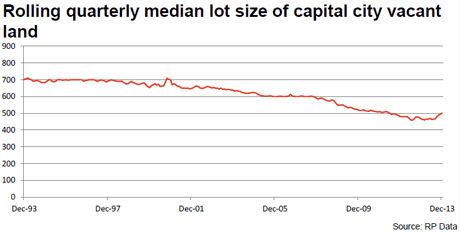
This result highlights that as prices have risen and sizes have shrunk, there has been a sharp rise in the cost of land on a square metre basis. “Twenty years ago, the median rate per square metre for capital city vacant land was recorded at $76.47/square metre.
As a result of falling lot sizes and vacant land price increases we have seen significant rises in the rate per square metre for land across each city over the past decade. Perth land is the most expensive on this measure ($631.46/square metre) followed by Sydney ($608.27/square metre) . The rate per square metre for land in Hobart is significantly lower than all other capital cities at $147.82/square metres.
The ongoing trend across capital city vacant land markets has been diminishing lot sizes and rising prices. If you were to buy a piece of land today 701 square metres in size (which was the typical size 20 years ago) it would cost $355,896. Compare this to the current capital city median of $249,000 for 500square metres. A 500 square metre lot 20 years ago would’ve cost just $38,235.
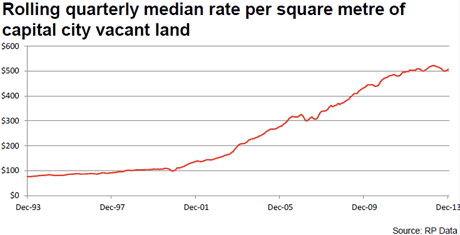
With vacant land costs increasing over the past 20 years it is no wonder there has also been an ongoing increase in the overall cost of housing. With a starting point for land in the capital cities of $249,000 currently, when you add in build costs it is no wondering the size of land has trended so much lower as developers look to provide relatively affordable housing options for price sensitive buyers.
Overall, one of the solutions to housing affordability issues is to reduce the cost of land. The way to do this is to either greatly increase the supply (expand urban boundaries and grant approvals quicker) or reduce the built in costs of developing the land which includes taxes and government fees and charges.